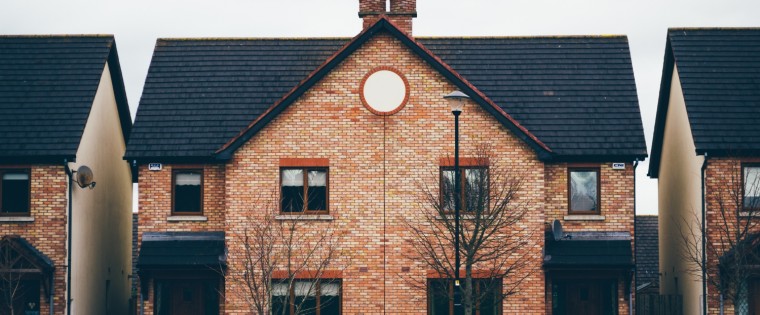How to defeat Nimbys over new housing and planning

For some among the Conservative Party tribe descended upon central Manchester, there’s a roar as deafening as the drumbeats and shouts of ‘Tories out’ echoing from protesters gathered outside the Midland Hotel.
It’s the roar of internal complaint about planning reform and dissent at the direction of housing policy. In a way their external enemies could never hope to achieve, those inside the party tent, most prominent among them the backbench WhatsApp group of planning refuseniks, saw to the banishment to the backbenches of former housing secretary Robert Jenrick.
In his place, dancing onto the podium, with a newly minted Whitehall brand the Department for Levelling Up, Housing and Communities (pronounced Deluxe), strides Michael Gove with a remit to not just turn the ubiquitous slogan into something concrete and meaningful, but to defuse the landmine field which planning policy has swiftly become.
In his role as government cleaner up of tricky problems in chief, Mr Gove has little more than two years to convince the public that the government’s commitments to place prosperity can be delivered in all four corners of the land.
When it comes to planning, this has to be unravelled from the foundered ambitions of last year’s ‘Planning for the Future White Paper’. With its call to break up the post war planning system with a simplified zonal planning scheme which would have given consent by default, the promotion of local design codes to encourage beautiful buildings, the policy prescriptions were certainly radical. But the local planning allocations, blamed as the doing of ‘rogue algorithms’ – were branded by shire Tories as a threat to concrete over the countryside and soon reversed with an algorithm that rebalanced the housing burden back on to our cities.
The result has been the delay and dithering around presenting a planning bill before Parliament and the steady dilution of radical elements. Armed with a new remit, Michael Gove has earned some small measure of time to pause and recalibrate planning policy.
Admittedly, there’s no shortage of advice on offer, and Localis this week presented in a report entitled ‘Building Communities – planning for a clean and good growth future’ a vision for what a bottom up, community-driven planning system could achieve.
Our premise is that when talking about new housing, we are in effect talking about the creation of new communities – communities which will obviously need to sit comfortably within the local economy and social setting in which they are sited. The policy challenge is not to merely manufacture, but genuinely engender popular community consent for new homes where they are most needed, within existing communities.
And if our aim is true sustainability in the sense of creating for the long-term flourishing of people and places, then each principal actor in the housing dance, from central government and its agencies, most notably Homes England, our local authorities, developers and communities alike, will have their unique role to play in planning for and realising a clean and good growth future.
When well resourced and astutely directed, planning can underscore housing and levelling up ambitions. For this to occur, there will be a need for some kind of national effort by the Exchequer to carry a fair share of the burden towards affordable, mixed tenure and sustainable housing in the age of Net Zero.
In addressing the challenge of truly local consent for new housing, the new models of design codes as locally approved and commonly agreed styles for local homes is a very good thing. If we value this notion of generating popular consent for local housing growth, the Government should establish a capacity fund to help cover the costs of more universal neighbourhood planning. Similarly, if it’s going to go green in housing, and without putting developers at risk of going in the red, and thereby stalling on new developments, a revamped Carbon Offsetting Fund must be on hand to guarantee this growth.
At the local and hyperlocal level, trust is key. Councils can show how local areas are set to benefit from the social value from new construction. In addition to working with communities to embed local design codes into neighbourhood plans, councils must commit to a hybrid model of improved community engagement around local plan-making – mixing transparent and easy to find digital outreach with more extensive physical events.
It’s second nature for us all, not just politicians, to talk a lot of warm ‘mom and apple pie’ around building better and building beautiful. But fine words go so far. We can’t physically inhabit them. The Gove pause cannot be indefinitely extended. After all the advice, ministers must decide where the drumbeat of planning reform is going to take us.
Jonathan Werran is chief executive, Localis
